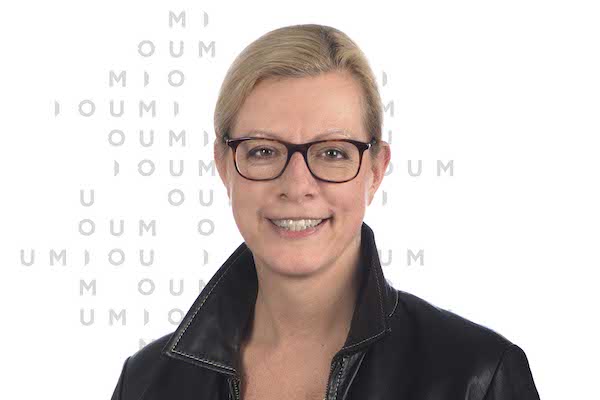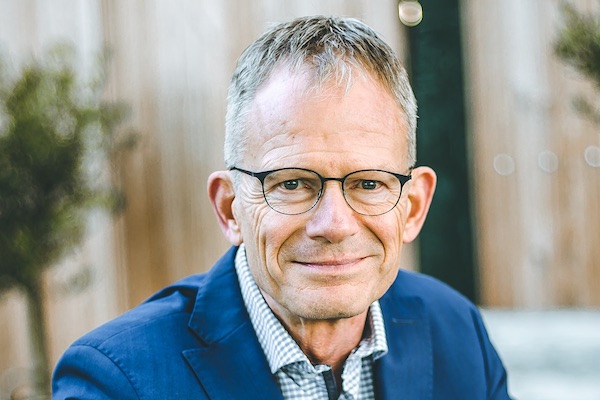Remote management and leadership brings with it quite a few challenges. In previous articles, we’ve talked about the consideration between letting go and setting boundaries. Now an extra dimension is added: the COVID-19 pandemic. And, according to Frans Wilms, Trainer on Leadership and Change, “it is precisely in a crisis that it is necessary to apply connecting leadership”. During a recent, very well attended WebTalks session, Frans Wilms considered different aspects of connecting leadership to answer the pressing question “how can we lead in peace with enough space and without losing direction or results?”.
Essential in times of change
The need for connecting leadership is huge in so many different aspects of the role of leader. In the direct surroundings where the dynamics, uncertainties and complexities may play an important part. In a network, when you are looking for robust collaboration with partners. In the organisation, where you have to cope with changes. In a team that needs to be developed and where people have to cooperate at the same time. And within yourself as a professional, in your own leadership. A poll held amongst the participants of the WebTalks session showed that connecting leadership does apply to all of these areas, but is most needed when the focus is on dealing with changes in an organisation.
Era of connectors
In a short clip shown by Wilms, Professor Jan Rotmans says: “the contemporary leadership is no longer based on ego. You must be able to step over your own ego. The coming decades will be the era of the connectors.”
Nowadays, we are dealing with increasing complexity, which Wilms refers to as VUCA (volatility, uncertainty, complexity and ambiguity). This complexity consists of two main strands:
- where the outcome is concretely predictable and where there is a direct relation between cause and effect (e.g. a relocation, quality control or payroll administration). In this situation, the leader has a directive role.
- where the outcome is not concretely predictable and where there is no relation between cause and effect (e.g. ownership, entrepreneurial spirit, professionality). This situation requires that the leader lets go, within certain boundaries. From a leadership perspective, this means that you have to give more space to your employees, to use their expertise without anyone thinking for them.
But where does that lead to, when you work on your connecting leadership?
Be open minded
In a short video interview with Damien Nunes, Trainer, Coach and Service Designer at UMIO’s Service Science Factory, Mariëlle Heijltjes, Professor of Managerial Behaviour and Executive Director of UMIO, responds to the question “what does the increasing complexity demand of leaders and employees?”. She says that “the most important thing is that you have an open mind”. According to her, “this ‘open mind’ requires cognitive flexibility, the ability to put different hats on, empathy and compassion”.
In response to the question whether empathy is innate or can be learned, Wilms replies,“in general, empathy can be learned, but you have to want to do something about it. You sincerely need to believe that the other person matters”. Having an open mind is the first phase of connecting leadership. Without having an open mind, it is not possible.
Transformation starts with yourself
Complexity requires letting go within boundaries. To be able to do this, professionals needs to go through a transformation of their own leadership skills. They have to focus on their own interactions, always starting to look at their own actions, and to see resistance as energy. This is the second phase of connecting leadership.
‘Magic of the U’ and ‘WOOP’
The last phase of connecting leadership is applying the ‘Magic of the U’ with which you are able to take your employees seriously and set clear boundaries at the same time. The U theory is aimed at connecting yourself with the other, then introducing yourself appropriately in order to add value.
The mental strategy method WOOP (Wish, Outcome, Obstacle, Plan) is a great tool to use to practise the three phases of connecting leadership. With this tool, it is possible to find and fulfil wishes, set preferences and change habits.
“Practise a lot, reflect on your own actions and thoughts and welcome feedback as a gift” are three other useful tips that Frans Wilms shared with the participants at the end of his presentation.
Start with yourself
The webinar closed with the question about what it takes to broadly develop connecting leadership in an organisation. According to Wilms, this requires commitment from the top management. “But you can do no harm to start with connecting leadership yourself and create a snowball effect around you”, he says.







